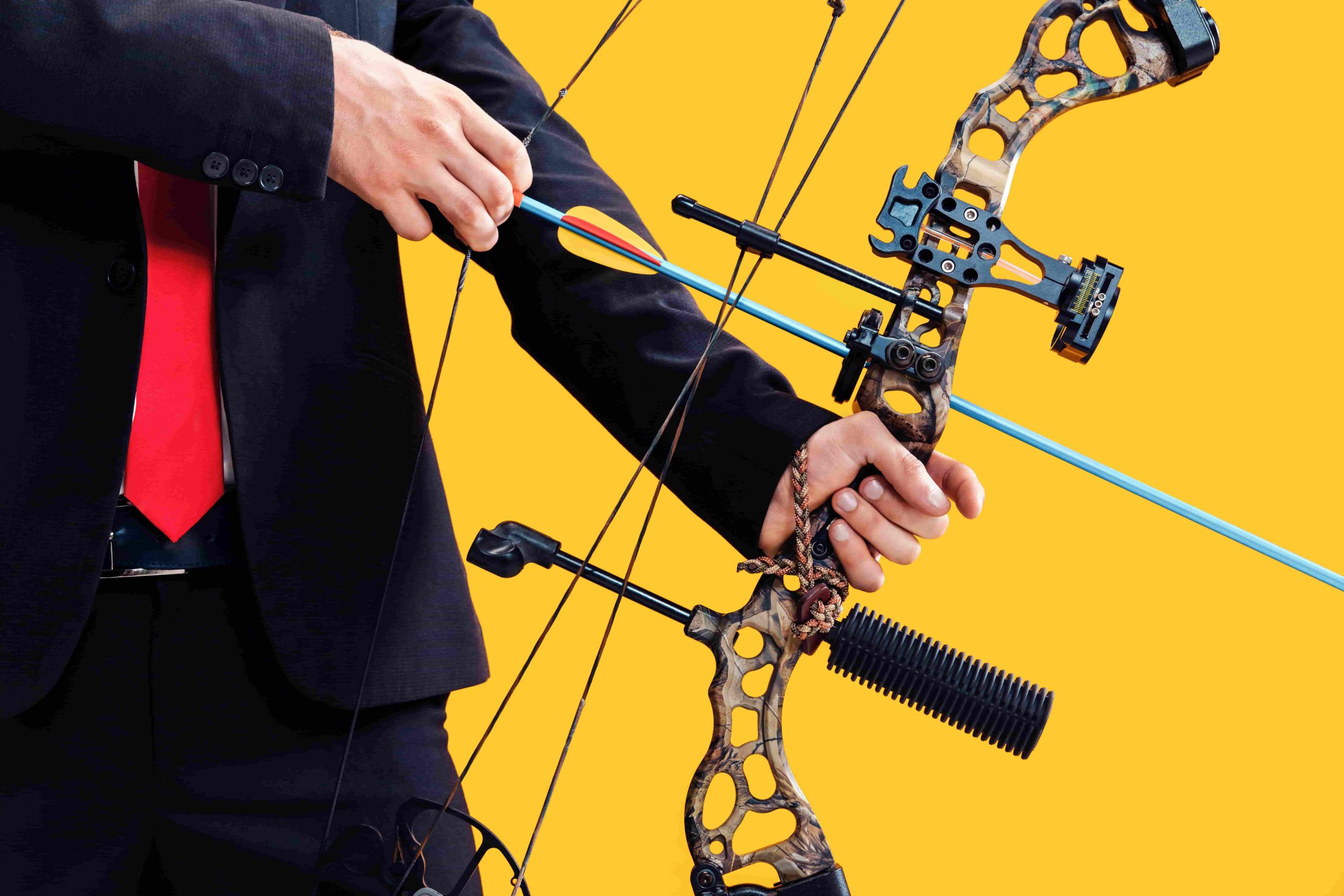Introduction to Bowhunting’s Conservation Significance
Bowhunting isn’t just an ancient art; it’s a modern tool for conservation. For centuries, bowhunting has been a means of sustenance and tradition, deeply embedded in human history. Today, its role transcends that of a mere sport; bowhunting contributes significantly to wildlife conservation and ecological balance.
For outdoor enthusiasts, conservationists, and bowhunters, understanding the multifaceted benefits of bowhunting is crucial. This blog will explore how bowhunting aids in managing wildlife populations, supports local economies, promotes ethical practices, clears misconceptions, and steers enthusiasts towards impactful conservation initiatives.
The Ecological Role of Bowhunting in Wildlife Management
Bowhunting plays a pivotal role in maintaining the delicate balance of ecosystems. With growing human populations and shrinking natural habitats, wildlife management has become a pressing issue. Bowhunting helps control animal populations, preventing overpopulation that can lead to habitat destruction.
State wildlife agencies often rely on bowhunters to manage populations of species like deer, which can multiply rapidly. Without control measures, these growing populations can cause ecological disruptions, such as overgrazing, which leads to a decline in plant species and affects biodiversity. By participating in regulated hunting seasons, bowhunters assist in keeping animal numbers at sustainable levels, benefiting the entire ecosystem.
Benefits of Bowhunting for Local Economies
Beyond its ecological impact, bowhunting bolsters local economies. The economic ripple effect of bowhunting is substantial, benefitting communities through tourism and job creation. From equipment purchases to travel expenses, bowhunting enthusiasts contribute significantly to local businesses.
Communities often see an influx of visitors during hunting seasons, which boosts sales for local retailers, hotels, and restaurants. The income generated from hunting licenses and permits is often reinvested into wildlife management and conservation projects. Thus, bowhunting is not only an environmental boon but also a vital economic engine for rural areas.
Ethical Considerations and Sustainable Practices in Bowhunting
Ethical bowhunting is integral to its positive conservation impact. Responsible bowhunters adhere to sustainable practices, ensuring that their activities do not harm the environment or wildlife populations. This includes following seasonal regulations, respecting bag limits, and ensuring humane kills.
Organizations and conservation groups work tirelessly to promote ethical hunting practices. They offer educational programs, emphasizing respect for wildlife and the environment. Sustainable bowhunting also involves using equipment that minimizes suffering, ensuring quick and clean kills, which is a crucial aspect of ethical wildlife management.
Case Studies of Successful Conservation Efforts
Several case studies highlight the effectiveness of bowhunting in conservation. For instance, in the United States, controlled bowhunting has been crucial in managing deer populations in suburban areas, reducing vehicle collisions and damage to property. These efforts have led to healthier deer populations and more balanced ecosystems.
Another notable example is the reintroduction of species like the wild turkey in areas where they were once extinct. Through funds raised by hunting licenses and conservation initiatives, habitats have been restored, allowing these species to thrive again. These successes underscore how bowhunting can be a powerful conservation strategy when managed responsibly.
Addressing Common Misconceptions About Bowhunting
Despite its benefits, bowhunting often faces criticism due to misconceptions about its impact on wildlife. Some believe that hunting leads to species extinction, yet regulated bowhunting is designed to prevent such an occurrence. It is crucial to differentiate between poaching and regulated hunting activities.
Educating the public about the scientific basis of wildlife management can help dispel myths. Conservationists and bowhunters must work together to communicate the factual benefits of bowhunting, showcasing it as a vital tool for preserving biodiversity and maintaining ecological balance.
How Bowhunting Enthusiasts Can Get Involved
Bowhunters have a unique opportunity to actively participate in conservation efforts. Joining local conservation groups, participating in habitat restoration projects, and supporting legislation that promotes sustainable wildlife management are impactful ways to contribute.
Engaging with broader conservation communities can also enhance the effectiveness of these efforts. By becoming advocates for sustainable practices, bowhunters can play an essential role in shaping future conservation policies and ensuring that their beloved pastime continues to benefit the environment.
Conclusion
Bowhunting’s role in conservation is profound and multifaceted. It helps manage wildlife populations, supports local economies, promotes ethical practices, and dispels misconceptions. For outdoor enthusiasts, conservationists, and bowhunters, understanding and advocating for these benefits is crucial.
By getting involved in conservation initiatives and promoting responsible practices, bowhunters can ensure that their activities contribute positively to the environment. The impact of bowhunting on conservation is not just historical; it is a modern solution to some of the pressing ecological challenges we face today.

